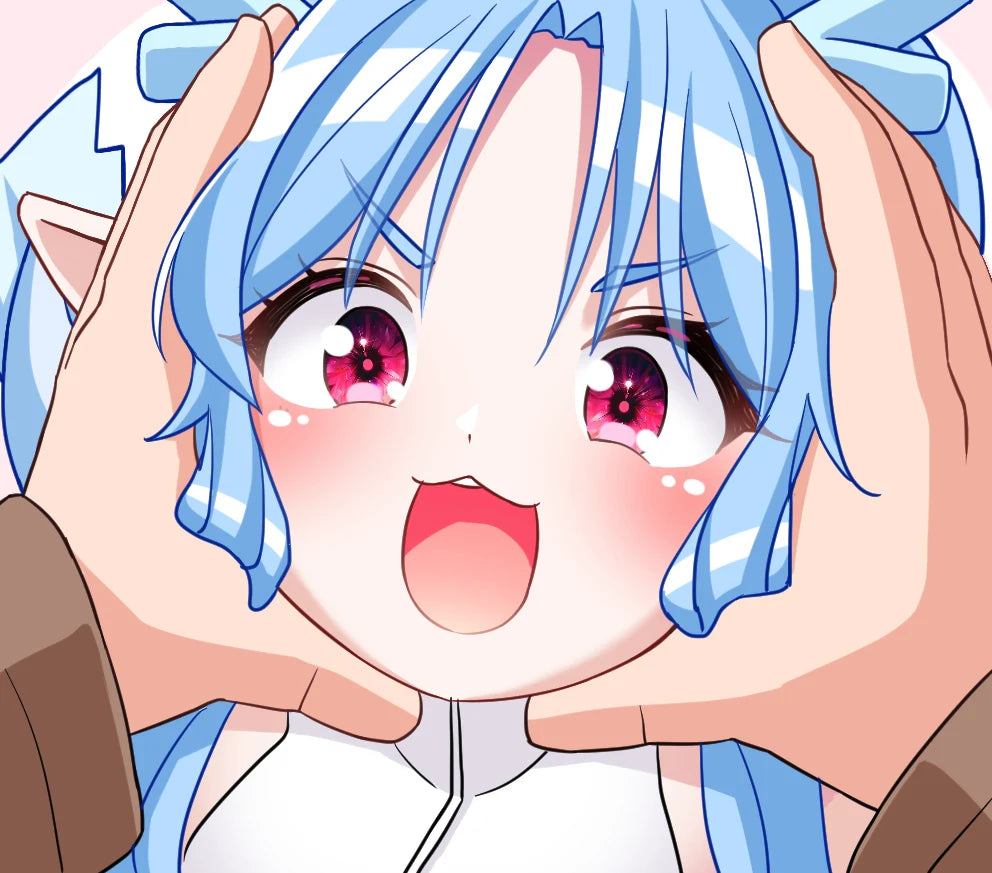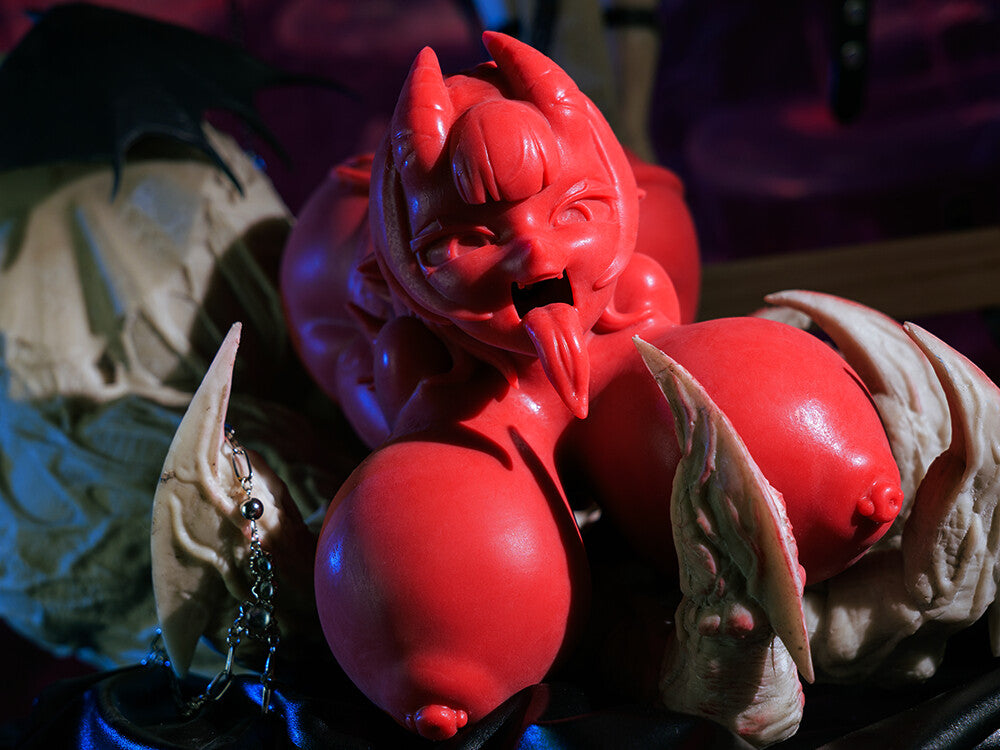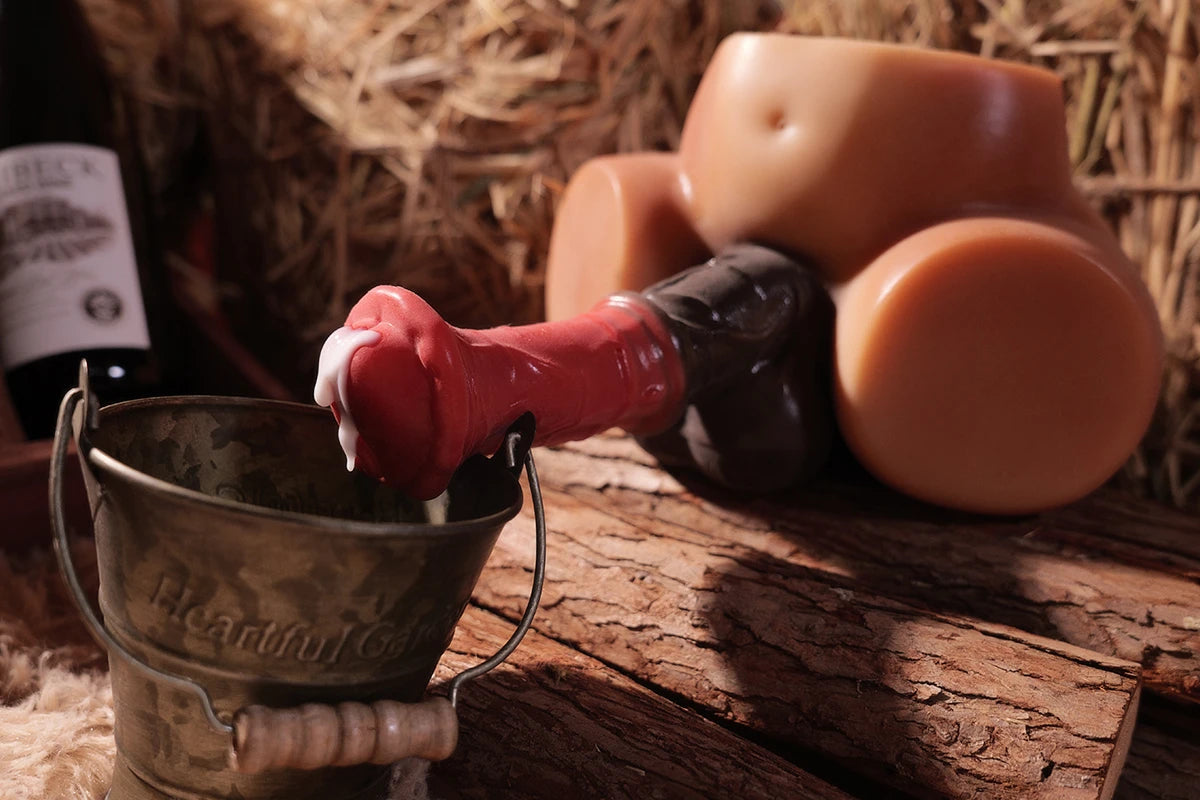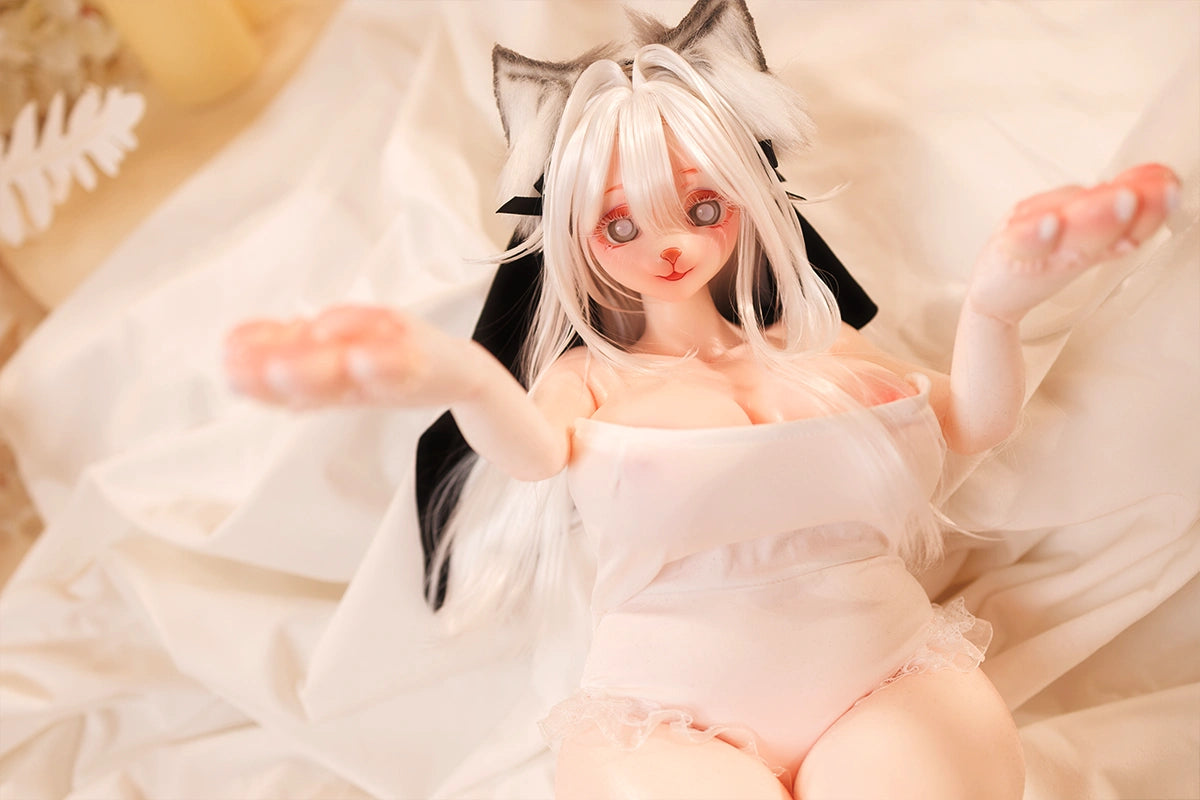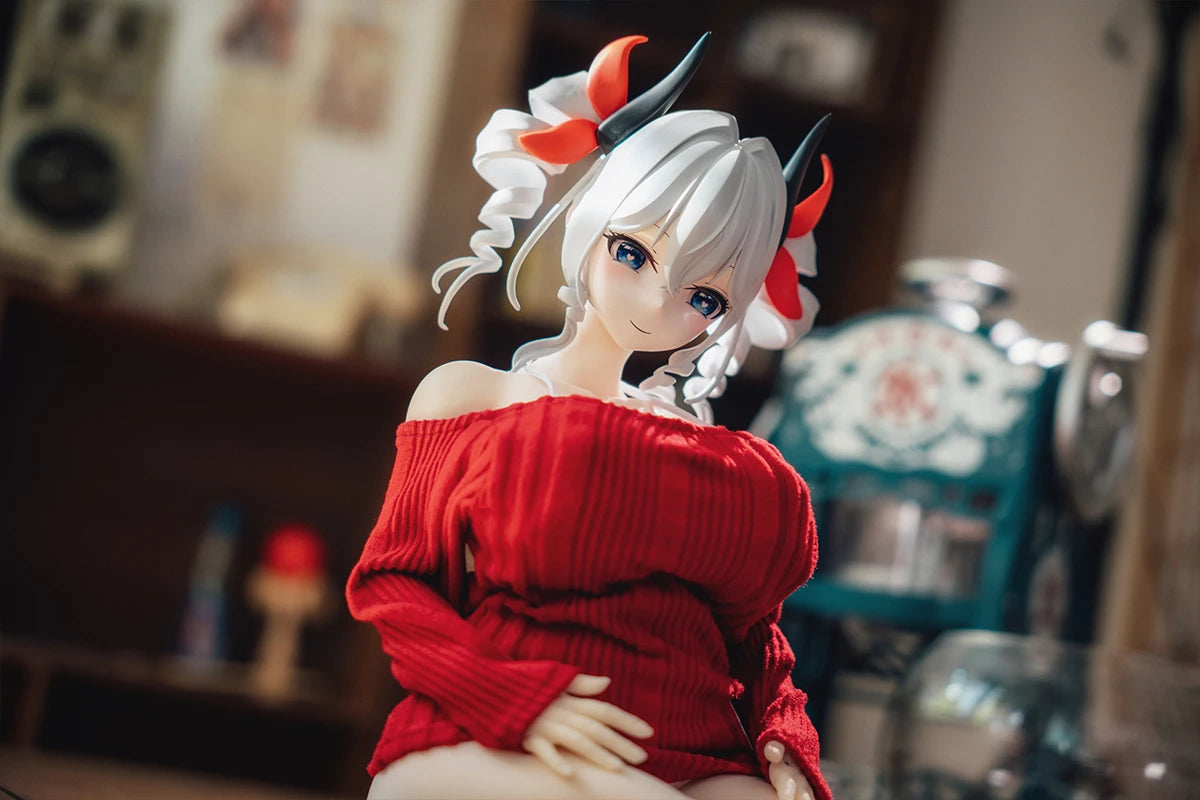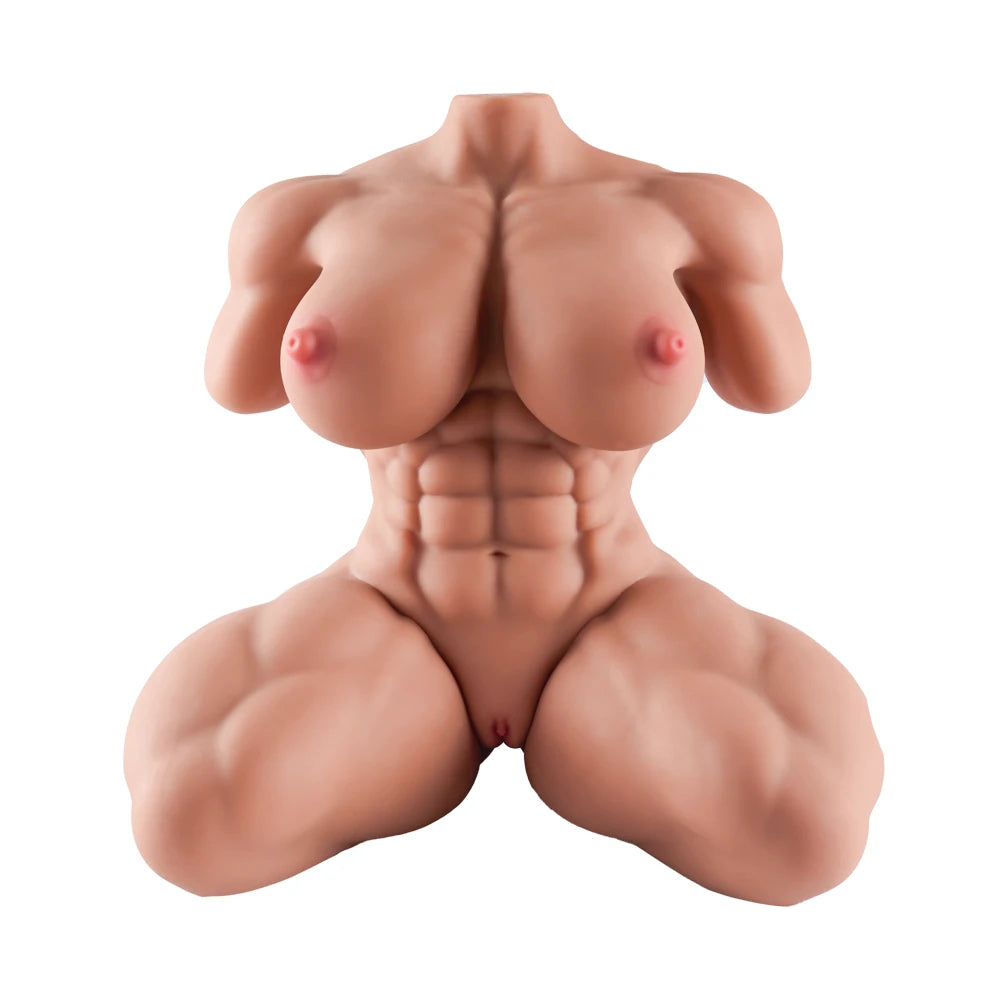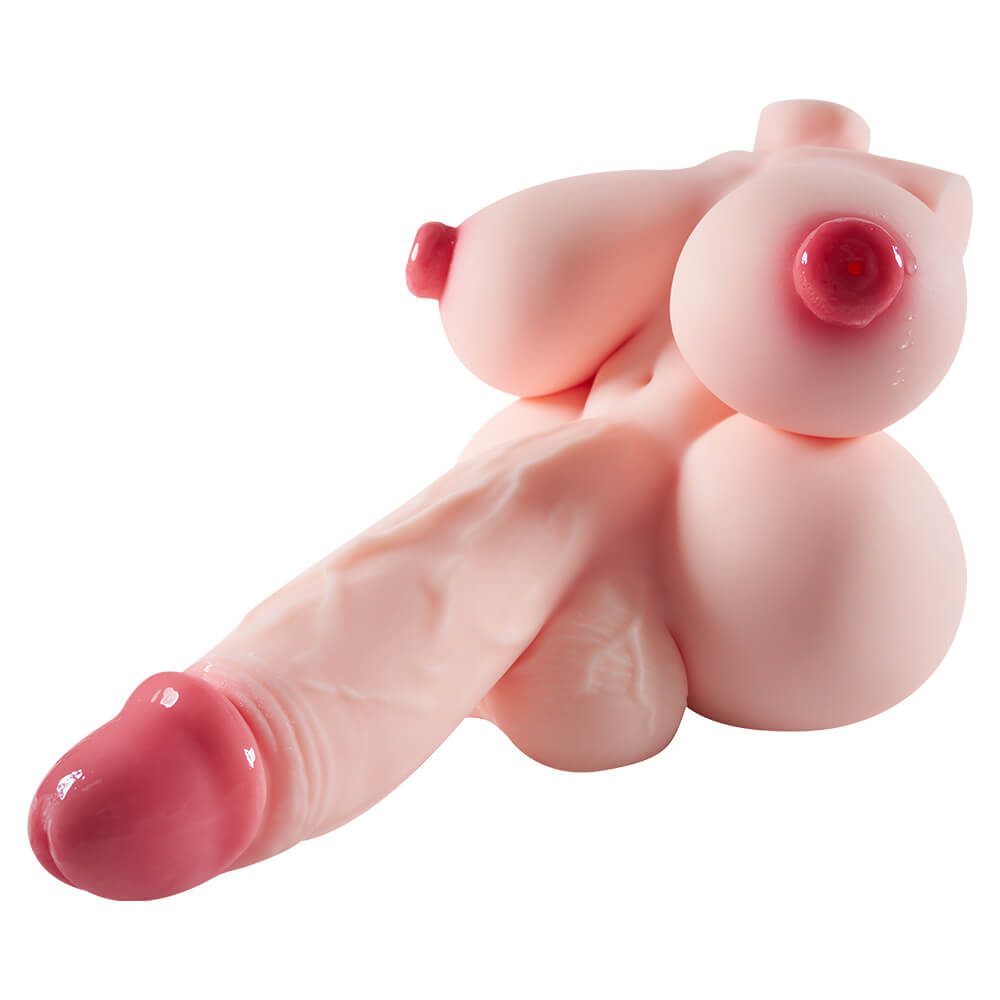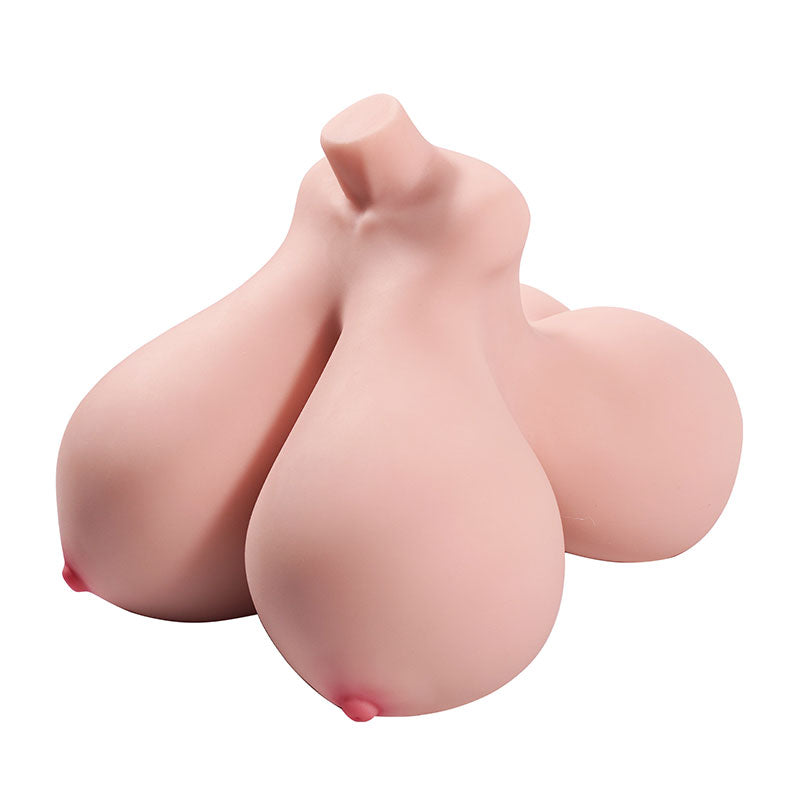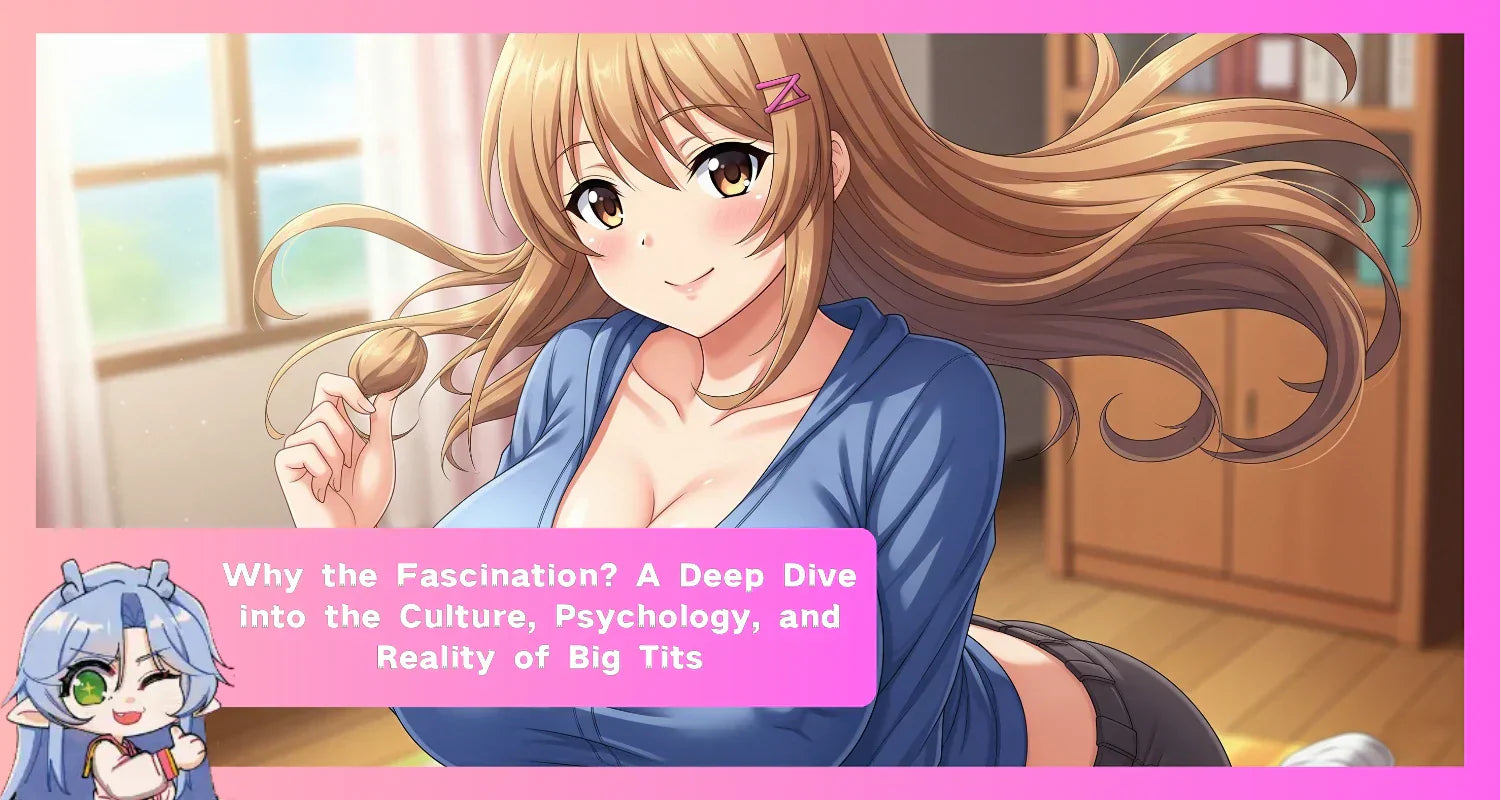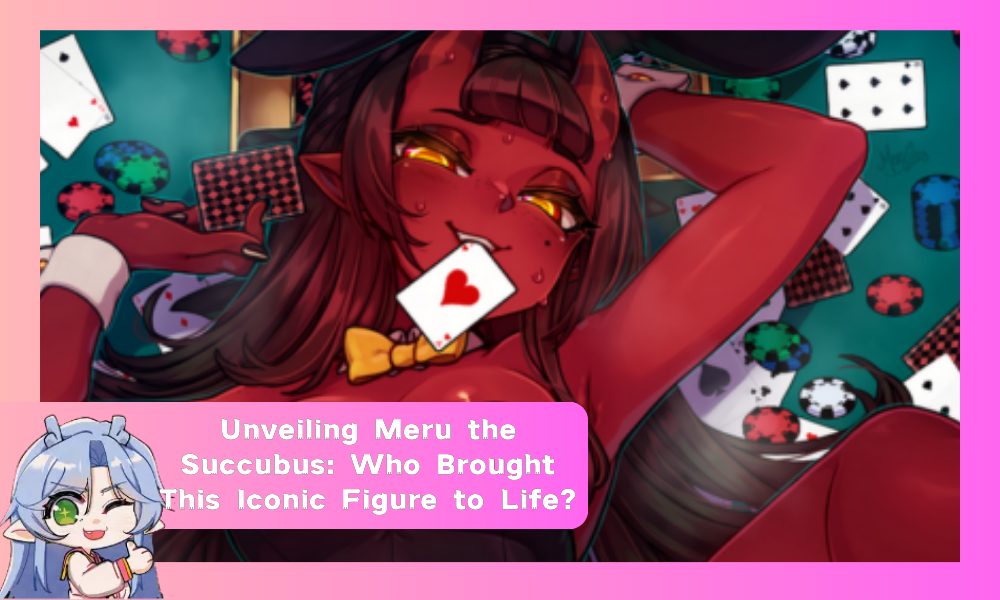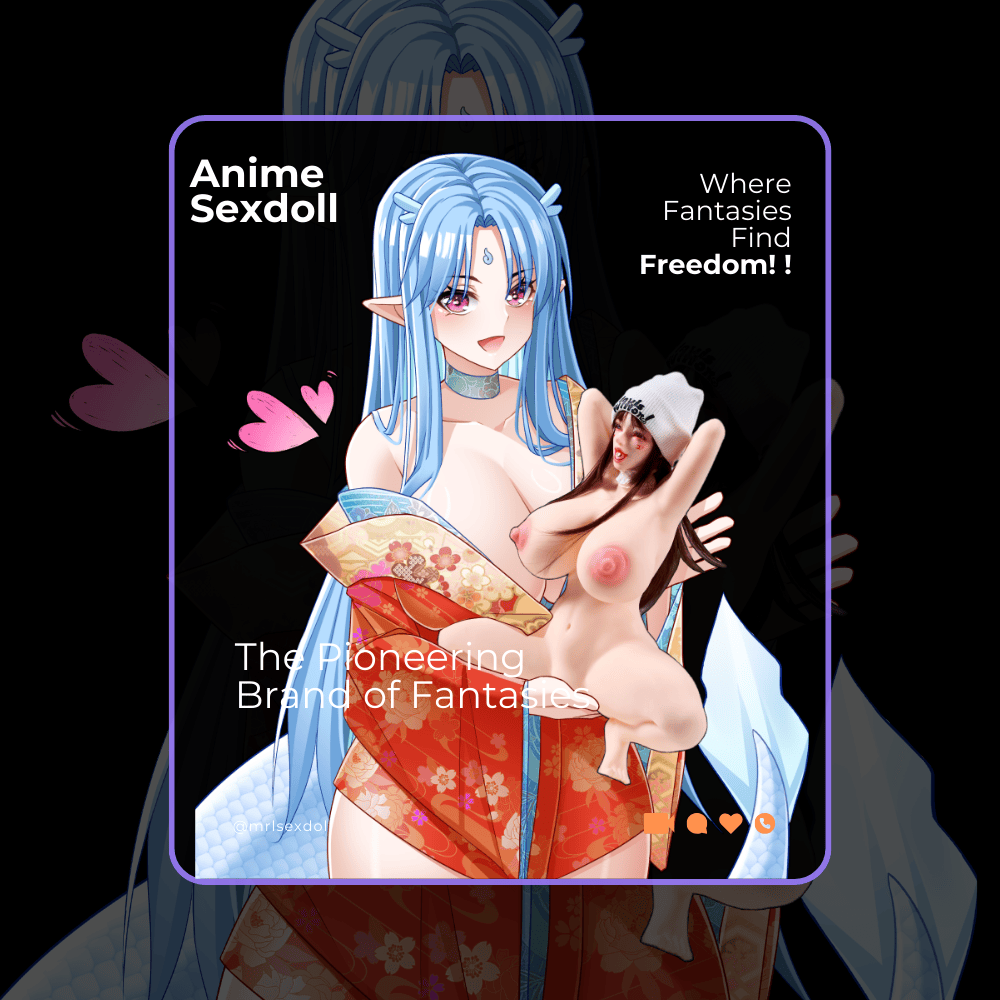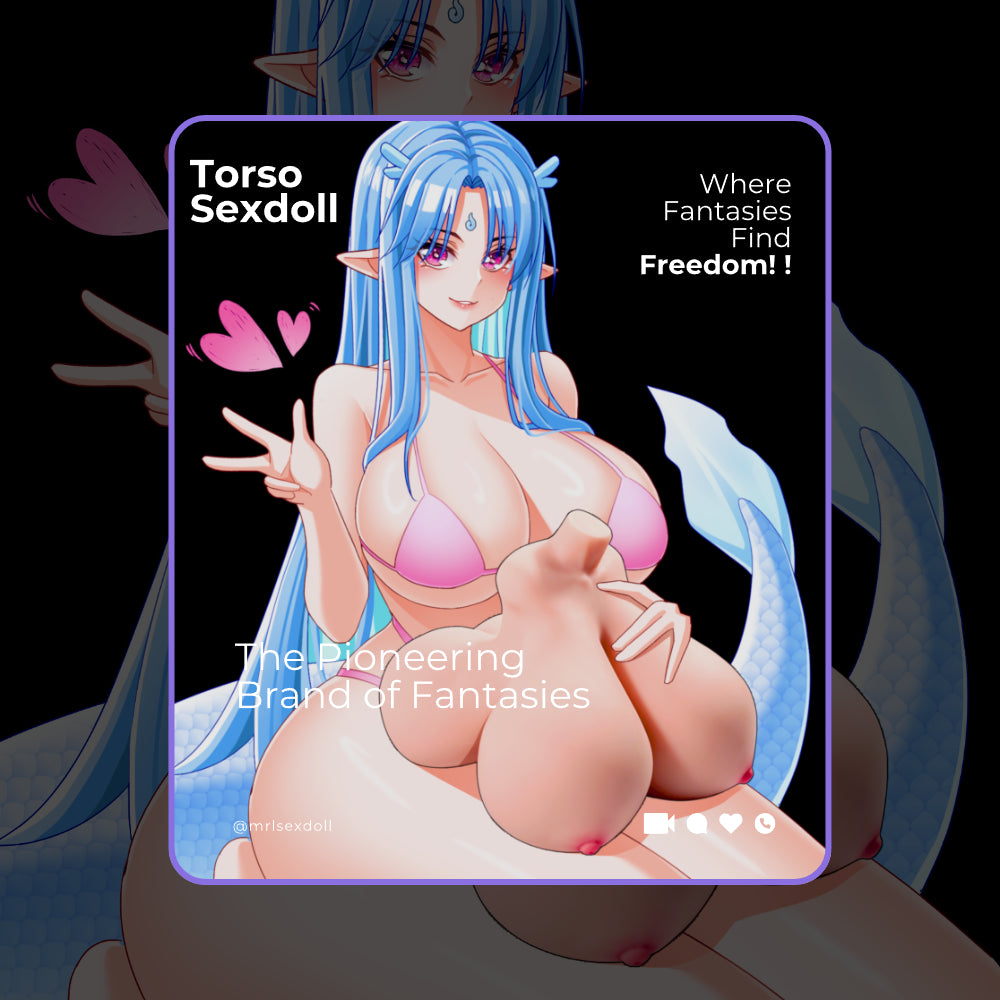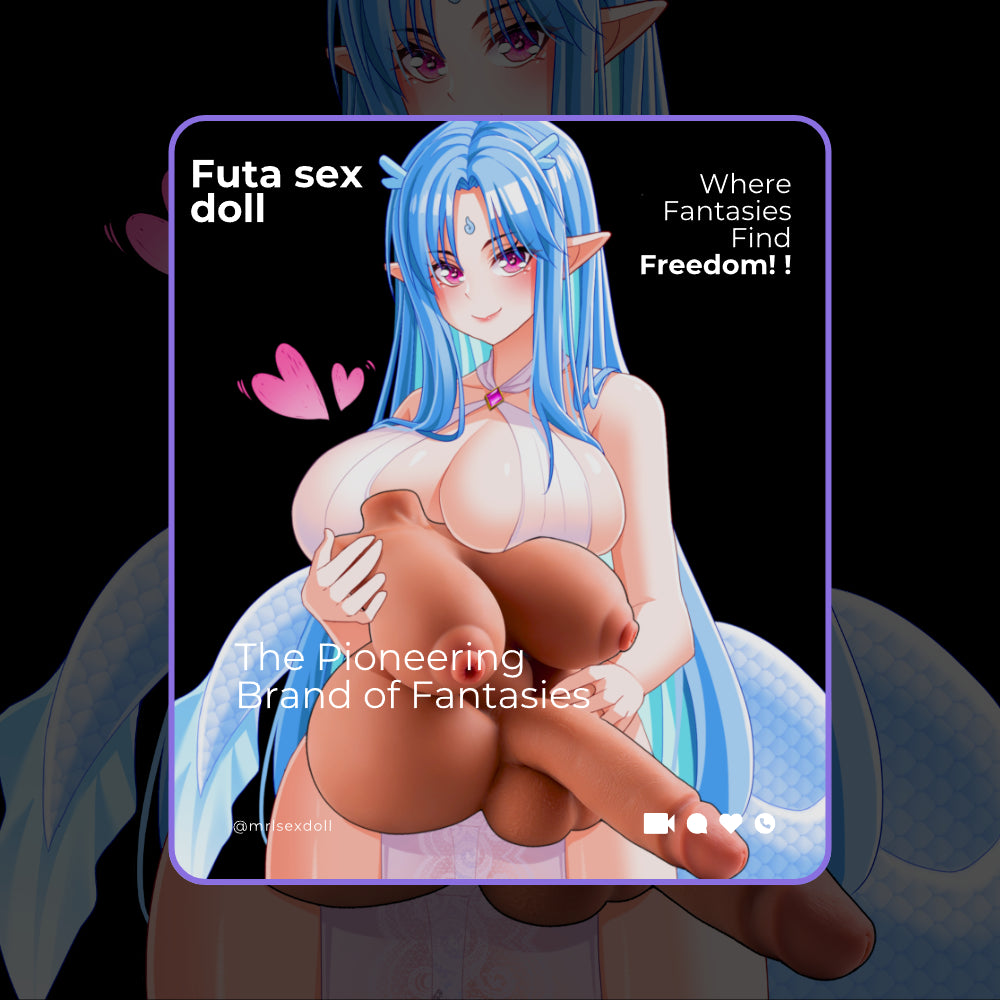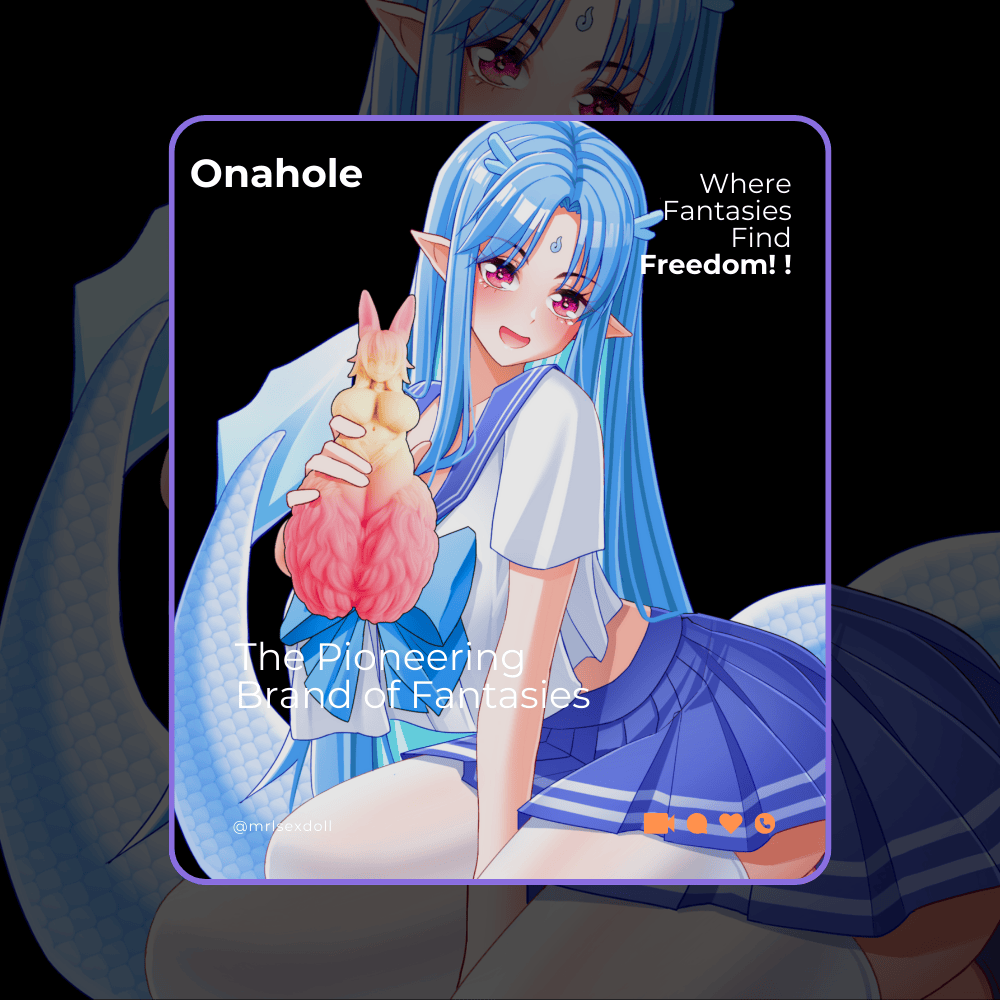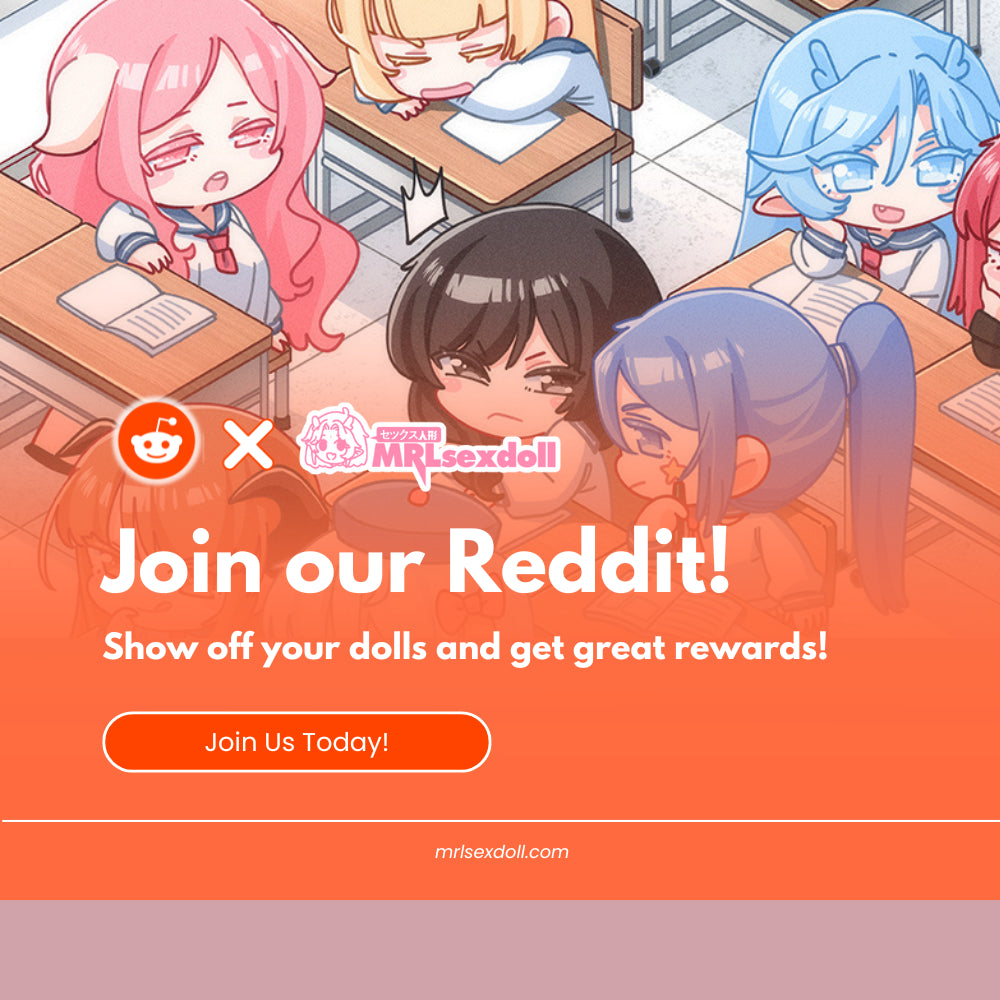Why the Fascination? A Deep Dive into the Culture, Psychology, and Reality of Big Tits
Table of Contents
The Enduring Allure: Unpacking a Global Fascination
The Science of Attraction: A Psychological and Evolutionary Perspective
A History of the Bust: How Ideals Have Changed Through the Ages
The Fantasy vs. The Reality: The Lived Experience of a Large Bust
An Animated Obsession: Deconstructing the "Big Anime Tits" Trope
Frequently Asked Questions (FAQ)
The Enduring Allure: Unpacking a Global Fascination

From ancient statues to today's social media, the topic of big tits has always been a big deal in human culture. This isn't just a simple interest; it's a complicated subject that shows up in our art, media, and even how we think about beauty and femininity without realizing it. This fascination is so widespread that it influences everything from fashion to huge industries and even whole types of entertainment.
This article goes deeper than just the surface to take a full look at this long-lasting interest. We'll explore the science and evolutionary ideas that try to explain the attraction, look at how beauty standards have changed over time, and compare the perfect fantasy with the often difficult reality. By looking at the biology, history, and culture involved, we can start to understand why this one physical feature has such a strong hold on people's imaginations. We'll cover everything from science labs to history books and the wild world of Japanese animation to give a complete picture of a topic that has many sides and is seen everywhere.
The Science of Attraction: A Psychological and Evolutionary Perspective
To get why we're so focused on large busts today, we first need to look at the basic ideas that try to explain where it comes from. Science gives us a few interesting, though sometimes argued, views that connect the attraction to our biology, brain chemistry, and society.
The Biological Blueprint: Are We Hardwired for Attraction?
Evolutionary psychology suggests that humans are drawn to certain physical features because they are like "honest signals" of good health, youth, and the ability to have children. In this view, large breasts are thought to be a strong visual clue. One popular idea is that they signal fertility and a woman's ability to handle a healthy pregnancy. In the past, when food was hard to come by, a fuller figure, including a larger bust, could mean a woman was well-fed, making her a better partner for having and raising kids.

But this simple "fertility signal" idea gets tricky because breast size doesn't actually connect to how much milk a woman can make. This has led to other ideas. Harvard anthropologist Frank Marlowe had a more detailed thought: because larger, heavier breasts tend to sag more clearly with age and after having kids, they might be a good way to visually guess a woman's age and how much time she has left to have children. From this angle, the attraction is less about milk and more about subconsciously figuring out where a potential partner is in her life.
The Chemistry of Connection: Hormones and Human Bonding
It's not just about what we see; the attraction is also tied to our brain's chemistry. The hormone oxytocin, sometimes called the "cuddle hormone," is key for creating deep social bonds, like between a mother and child or between partners. During intimate moments, stimulating the breasts is one thing that releases oxytocin, which makes feelings of connection stronger. While this hormonal reaction doesn't depend on size, the fact that a larger bust is more noticeable might make it a bigger part of sexual signaling, leading to more of these powerful bonding moments. This gives us an explanation based on brain chemistry for why focusing on breasts can feel so good and strengthen a relationship.

More Than Instinct: How Culture and Media Shape Desire
While our biology might give us a starting point, it can't fully explain why modern preferences are so strong and specific. What we think of as a "natural" attraction is heavily shaped and made stronger by our culture. The media, especially, plays a huge part by constantly showing women with larger breasts as more sexually attractive. This creates a preference that we learn from a young age.

This cultural learning is so strong that it can change or even overwrite any natural tendencies. Studies across different cultures show that the preference for big tits is not the same everywhere. In some cultures, it's seen as strange or even wrong. Research has also found that what people prefer can change based on their financial situation. For example, men in places where resources are scarce tend to find larger breasts more attractive, which backs up the evolutionary idea about "access to resources." The evidence strongly points to the idea that while biology might give us a small push, it's culture that gives us the big shove, turning a mild biological interest into a major, but ultimately changeable, beauty standard.
A History of the Bust: How Ideals Have Changed Through the Ages
The modern idea that "bigger is better" hasn't been around for as long as you might think. Looking back through history shows that the ideal female body has been always changing, and the meaning of a large bust has completely flipped over time.
From Antiquity's Discretion to Renaissance Prominence
In the ancient world, big breasts weren't really seen as a sign of beauty. We know that Greek and Roman women used fabric bands, called a strophium or mamillare, to wrap their breasts, especially when playing sports, as you can see in the famous "bikini girls" mosaic from Sicily. The goal was to control and be modest, not to make them look bigger. This idea carried on into the medieval period, where a large bust was seen as a bad thing. A 13th-century text, Romance of the Rose, told women to flatten big breasts with a towel, because a large chest was linked to non-sexual things like nursing or the sagging that comes with old age. In art, the character of Lust was often shown with large breasts as a negative feature.

The Renaissance was a turning point because of the invention of the corset. This piece of clothing could be used to shape the body in different ways. Depending on the style of the time, a corset could either flatten the chest or, as time went on, push the breasts up to create a high, noticeable shelf. This was the start of a slow change toward a more visible bust becoming a feature of female beauty.
The Modern Ideal: The Influence of Pin-Ups, Pop Culture, and Politics
The 20th century is what really made the large bust the main beauty standard in the West. After a short period in the 1920s where a flat-chested, "boyish" look was in style, curves came back in a big way. The 1940s were a key decade, with WWII pin-up girls having exaggerated figures that became symbols of the ideal woman for soldiers fighting overseas. This was followed by the "sweater girl" era in Hollywood, where actresses with large busts became movie stars.

Pop culture kept pushing this ideal. The famous film critic Roger Ebert, for instance, admitted that his interest in large breasts led him to the work of cult filmmaker Russ Meyer. This led to them making several films together and showed how this specific interest could influence culture. The "lads' mag" culture of the 1990s and early 2000s, along with things like the Wonderbra, further cemented the large, lifted bust as the look to strive for. When breast augmentation surgery became common, it finally gave people a way to achieve this culturally created ideal, turning something that used to be a sign of being a mother or from a lower class into a top symbol of high-status desirability.
The Fantasy vs. The Reality: The Lived Experience of a Large Bust
There is a huge gap between the fantasy image of a large bust and what it's actually like for many women to live with one. The very feature that is so idealized in media and art is often a cause of a lot of physical and mental pain, a key contradiction that is almost never shown in popular culture.
The Physical Burdens: More Than Just an Aesthetic
For many people, a large bust is a source of pain that doesn't go away. The weight of breast tissue, which is made of fat and glands, puts a lot of strain on the body. This leads to constant back, neck, and shoulder pain. This is often made worse by the pressure of bra straps, which can dig into the shoulders and leave deep, painful marks.

These physical issues can seriously limit a person's lifestyle. Things like running, jogging, or high-impact sports become hard and painful, which can discourage people from being active. Even sleeping can be uncomfortable, especially for those who like to sleep on their stomachs. On top of that, there are many practical daily problems, from skin rashes and infections that can grow in the fold under the breast to the huge challenge of finding clothes that fit right. Many women have to buy tops that are too big for their body just to fit their chest, or they deal with the "tent effect," where shirts hang straight down from the bust and hide their waist.
The Social Scrutiny: Navigating a World of Unwanted Attention
The problems are not just physical. Women with large breasts often find that their bodies face a lot of judgment and are often treated like objects. This objectification is often linked to negative stereotypes. Studies have shown that many men and women believe that busty women are more promiscuous, less smart, or less faithful, even though there is no proof for these ideas.

This constant focus from the outside can have a serious effect on how a person feels inside. The non-stop pressure from a media-driven ideal leads to many people being unhappy with how their bodies look. A major international study found that over 70% of women were not happy with their breast size—whether they thought they were too big or too small—which was connected to worse mental health and lower self-esteem. The real experience is about trying to live in a world that both idealizes a part of your body and punishes you for having it.
An Animated Obsession: Deconstructing the "Big Anime Tits" Trope
The fantasy of the large bust is nowhere more blown up and turned into a rule than in the world of Japanese anime and manga. This art form, which is all about visual excitement and character types, has created a clear and widespread "obsession" with big anime tits, using them as a strong tool for telling stories and getting fans excited.
Why is This Trope So Prevalent in Anime and Manga?
This trope is so common for a few reasons. First, anime is an art form of exaggeration. Just like hair color is used as a quick sign of personality (like red for a fiery person, blue for a calm one), breast size is often a quick way to show what a character is like. Large busts are often linked to mature, caring, or confident personalities, which leads to the common mom big tits boobs character type you see in many shows where a character acts like a mother or an "onee-san" (older sister). On the other hand, smaller busts are often given to more aggressive tsundere characters or those who are younger and not as mature.

This artistic decision also shows and makes bigger the trends happening in the real world. While large breasts were not a focus in historical Japanese art, modern changes in diet and seeing Western media have made breast size a bigger topic of interest and worry in Japan. Anime takes this and blows it up for dramatic or funny effect.
A Spectrum of Characters: Exploring Common Anime Archetypes
Characters with large breasts in anime are not all the same. They fit into several clear types based on how they feel about their own bodies. Understanding these types shows a surprisingly complex logic to how this feature is shown.
|
Trope Archetype |
Core Traits & Behaviors |
Notable Examples |
|
Pride - "When you've got it, flaunt it!" |
Confident, shameless, and often a tease. Uses her assets for influence or to fluster others. Proud of her attractiveness. |
Rangiku Matsumoto (Bleach), Kirche (The Familiar of Zero), Kurumu Kurono (Rosario + Vampire) |
|
Embarrassment - "Please don't stare." |
Shy and easily flustered by attention to her figure, especially from a love interest. A reluctant fanservice girl. |
Mikuru Asahina (The Melancholy of Haruhi Suzumiya), Anri Sonohara (Durarara!!) |
|
Resentment - "I wish I never had them." |
Views her large breasts as a curse or a physical burden. May actively try to hide or minimize them. |
Natsumi Hinata (Sgt. Frog), Motoko Aoyama (Love Hina) |
|
Indifference - "So I'm bigger than average. Big deal." |
Neutral about her figure. Doesn't exploit it for attention but isn't embarrassed by it either. Often a stoic or professional type. |
Motoko Kusanagi (Ghost in the Shell), Yoko Littner (Gurren Lagann) |
|
Ignorance - "Why is everyone looking at me?" |
Genuinely oblivious to the effect her body has on others. An innocent fanservice girl who doesn't understand the attention she receives. |
Orihime Inoue (Bleach), Kosaka Shigure (Kenichi: The Mightiest Disciple) |
The Art of Fantasy: Bringing Exaggerated Ideals to Life
In the end, what people love about anime is that it fully embraces fantasy. The art style intentionally moves away from reality to create a world with more intense beauty. This is true not just for big anime tits but also for other stylized features like big anime asses. They all come together to create a consistent style that cares more about making an impact and showing an ideal than being realistic. The most extreme version of this, sometimes called big asss tits, is the peak of this dedication to fantasy, creating characters whose bodies are physically impossible but artistically powerful.
For true fans, this artistic style is exactly what they love. It creates a strong desire for real, high-quality versions of these beloved characters. This is where collectible art comes in, acting as a link between the fantasy world and the real one. A great example of this is the Mrlsexdoll x Aunt Niimi Hentai Figure, a special product from the hentai anime series Oba ni Kogarete. This figure is treated less like a toy and more like a "work of art" known for its "unmatched craftsmanship and detail." The clear goal is to perfectly recreate every curve and expression of the character Aunt Niimi Keiko, just as the original manga artist, Monshiro, imagined her. The product captures the character's main theme—a woman who is "pure and dignified on the surface" but is "actually a very vulgar character"—making it a collector's item for fans who appreciate the complex fantasies in the genre. It's the ultimate way for a fan to bring a specific, stylized, and detailed fantasy to life.
Frequently Asked Questions (FAQ)
1. What are the main reasons for large breasts? Your breast size mostly comes down to a mix of things, like your genes, hormone changes during puberty and pregnancy, and your overall body weight. Since breasts are made of fatty tissue, they can get bigger if you gain weight.
2. Is the preference for large breasts something all men share? No. A lot of research shows that what people prefer in breast size changes a lot between different cultures and isn't just biological. It's strongly influenced by things like the media, cultural standards, and even financial situations.
3. How have beauty standards for bust size changed over time? Beauty standards have changed a lot. In medieval Europe, the ideal was a small, flat chest. The modern "big is beautiful" standard is pretty new, really only becoming popular in the middle of the 20th century and after.
4. Why are exaggerated busts so common in anime? In anime, exaggerated features are a quick way to show what a character is like (for example, large busts for motherly or confident types). This also reflects and blows up modern Japanese and global cultural interests in breast size, making them bigger for laughs or drama.
5. What are the most common real-world problems for women with large breasts? Common problems include long-term back, neck, and shoulder pain; trouble finding bras and clothes that fit right; problems with being physically active and exercising; and dealing with social issues like unwanted attention and being treated like an object.
References
All The Tropes. (n.d.). Big breasts, big deal. Retrieved from https://allthetropes.org/wiki/Big_Breasts,_Big_Deal
Elephant. (n.d.). Can breasts tell us about contemporary culture? Retrieved from https://elephant.art/can-breasts-tell-us-contemporary-culture/
Freakonomics. (2007, July). The science of large breasts and other evolutionary verities. Retrieved from https://freakonomics.com/2007/07/the-science-of-large-breasts-and-other-evolutionary-verities/
Healthline. (2019, September 11). What are the disadvantages of having large breasts? Retrieved from https://www.healthline.com/health/womens-health/large-breasts
Japan Powered. (2024, May 26). Anime's obsession with big boobs. Retrieved from https://www.japanpowered.com/anime-articles/anime-big-boob-obsession
National Center for Biotechnology Information. (n.d.). Sociosexuality, sexual attraction, and paternal resemblance in women's partner preferences. Retrieved from https://pmc.ncbi.nlm.nih.gov/articles/PMC3210352/
Nuffield Health. (n.d.). 6 signs your big breasts are a big problem. Retrieved from https://www.nuffieldhealth.com/article/6-signs-your-big-breasts-are-a-big-problem
Psychology Today. (2020, July). Are busty women more promiscuous? Retrieved from https://www.psychologytoday.com/us/blog/talking-apes/202007/are-busty-women-more-promiscuous
Queerdom Wiki contributors. (n.d.). Boyish. In Queerdom Wiki. Retrieved July 11, 2025, from https://queerdom.fandom.com/wiki/Boyish
The A.V. Club. (n.d.). How big breasts led Roger Ebert to discover a great filmmaker. Retrieved from https://www.avclub.com/how-big-breasts-led-roger-ebert-to-discover-a-great-fil-1798270019
Wiktionary. (2023, March 17). Strophium. In Wiktionary, the free dictionary. https://en.wiktionary.org/w/index.php?title=strophium&oldid=72015196
Wikipedia. (n.d.). Russ Meyer. https://en.wikipedia.org/wiki/Russ_Meyer

